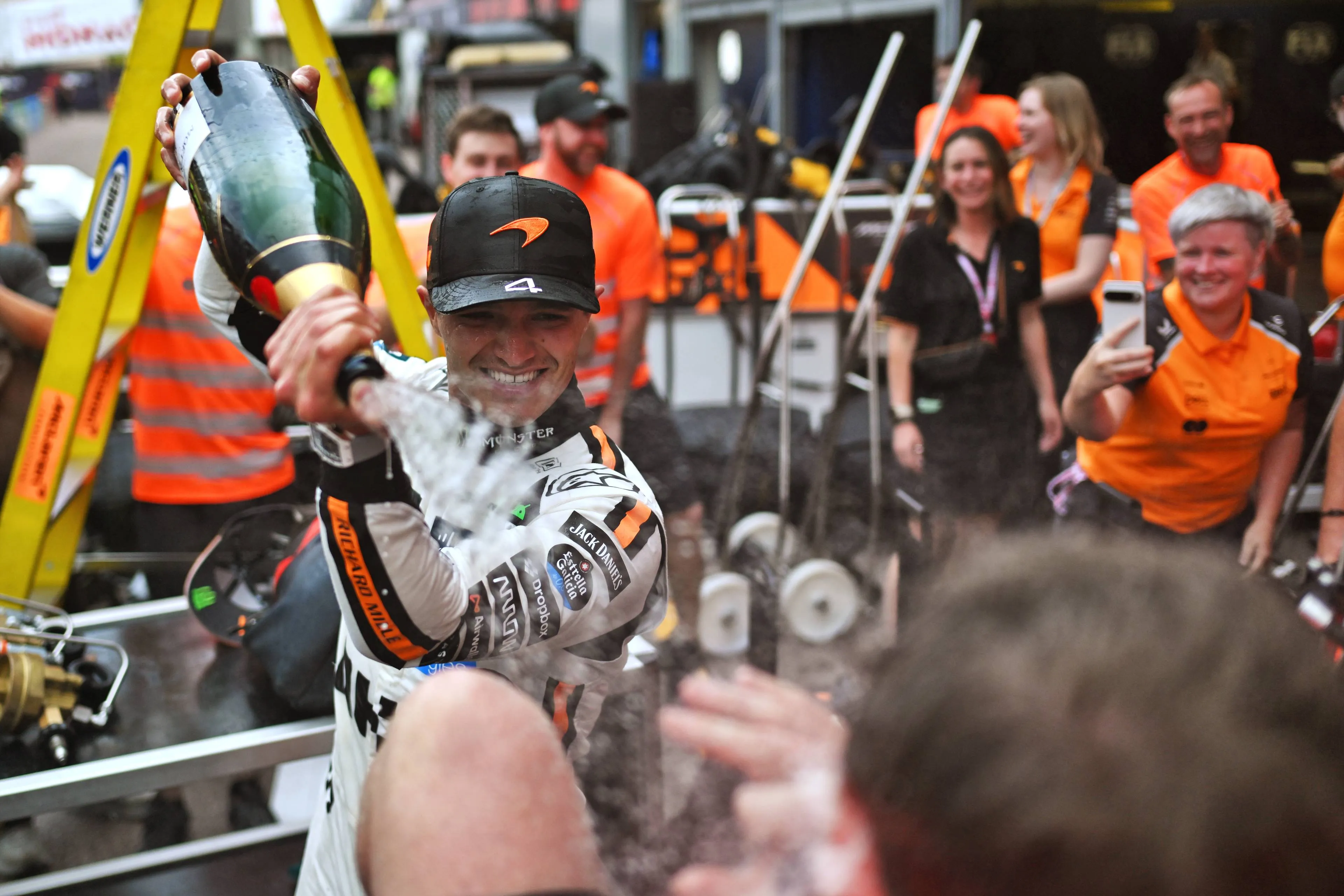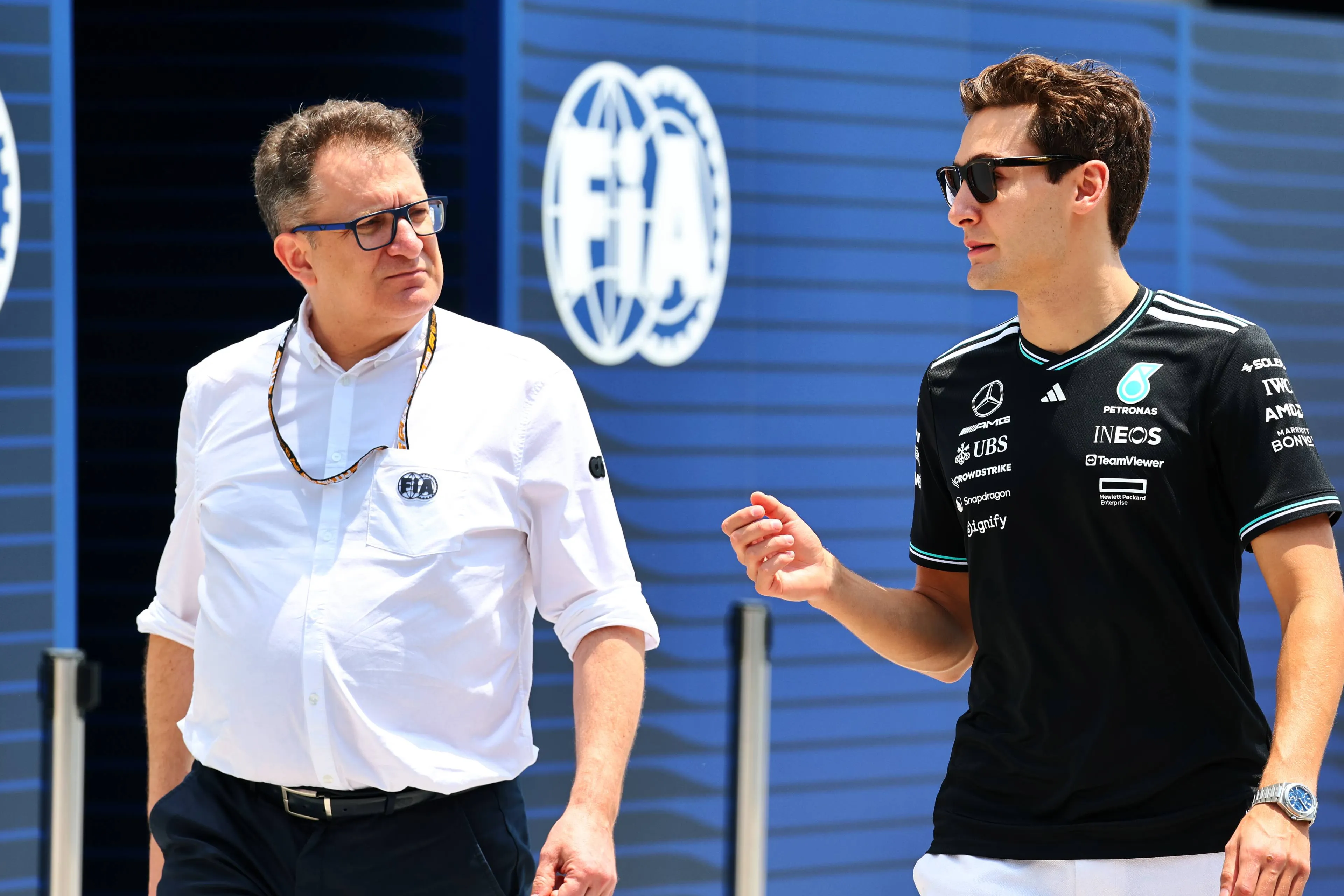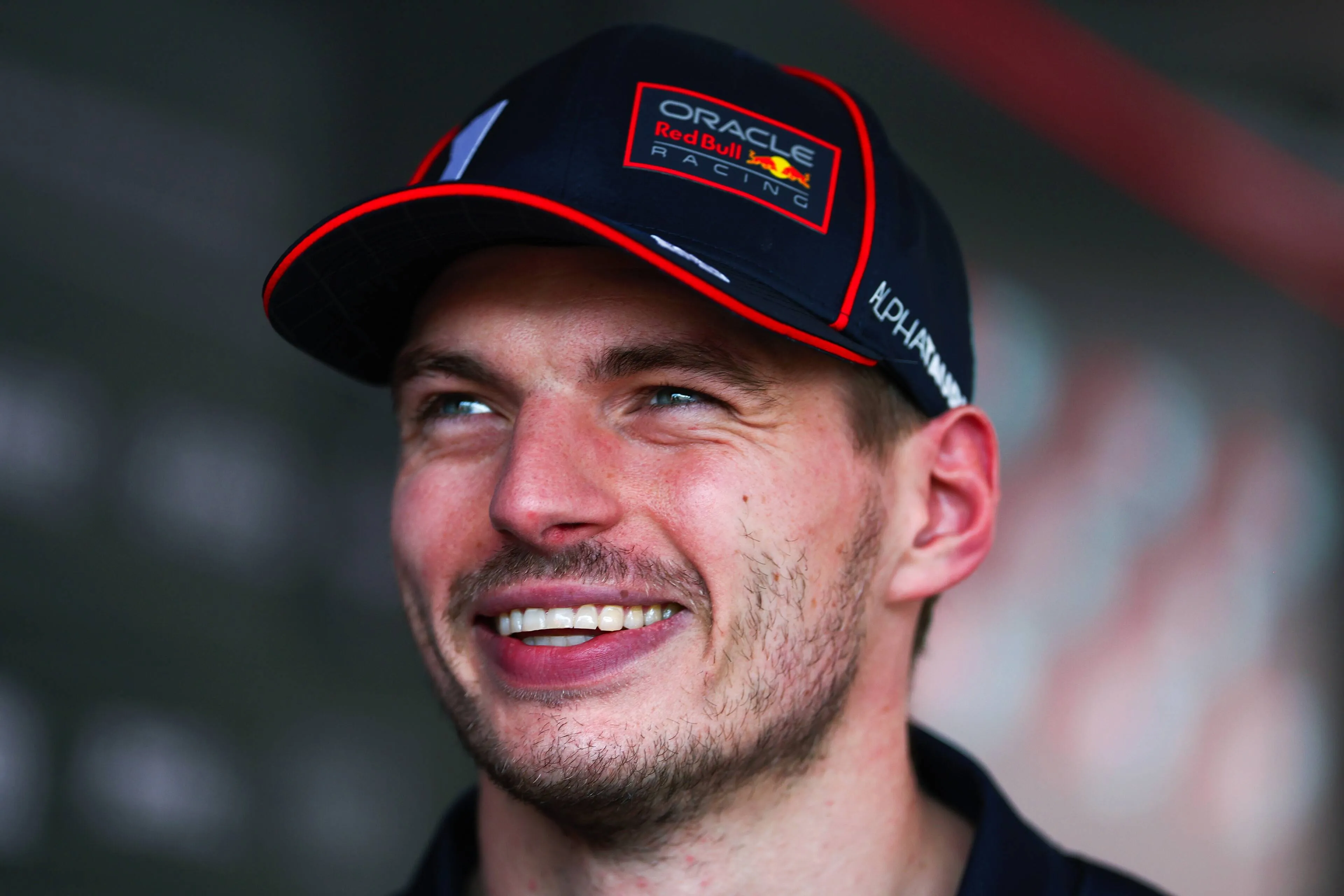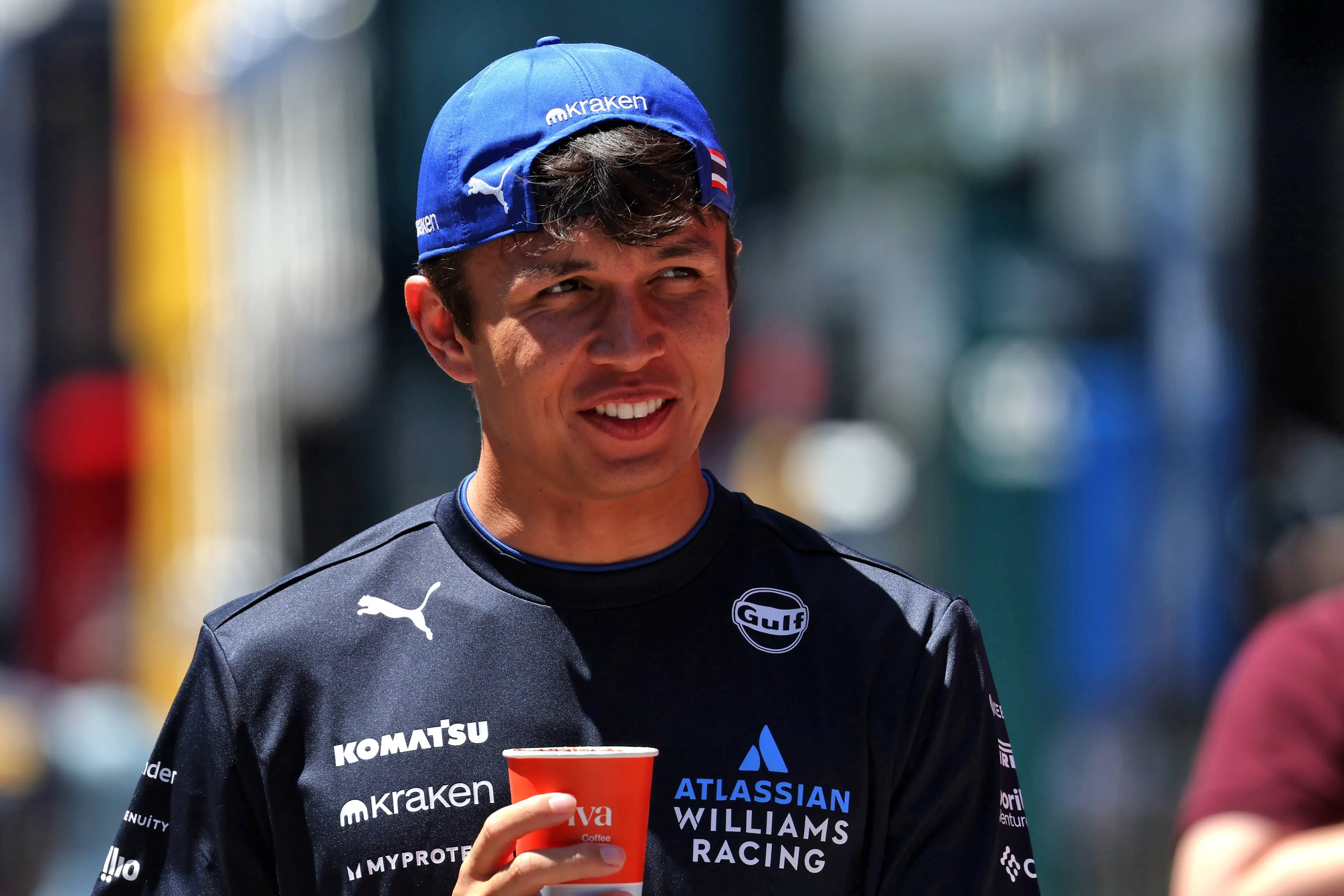Circuit de Monaco
Known for its glamorous surroundings, breathtaking views, and high-speed danger, the Circuit de Monaco is one of the most iconic and challenging circuits in the Formula 1 calendar. The streets of Monte Carlo have witnessed some of the most dramatic moments in F1 history, and it remains one of the most prestigious events on the racing calendar. Its creation is credited to Antony Noghès, who came up with the idea of hosting a race through the narrow streets of Monaco in the 1920s. The first Monaco Grand Prix took place in 1929, with William Grover-Williams claiming victory.
Circuit Characteristics
The Circuit de Monaco is 3.337 kilometers long, making it the shortest circuit on the F1 calendar. Interestingly, because of the circuit’s low-speed nature, it does not meet the FIA’s minimum race distance of 305 kilometers, a unique exception on the F1 calendar. The track is famously narrow and serpentine, making overtaking extremely difficult. As a result, qualifying and strategy are crucial for success, and races are often marked by tactical battles and limited opportunities for changes in position.
This short but difficult circuit takes the drivers through some of F1’s most famous corners. Starting the lap, the drivers brake for the quick 90-degree turn that is Sainte-Dévote. A twisty uphill straight is what follows before braking for the blind left-hander Casino Square, which is the highest point of the track. After a quick left and a slow right turn around the Casino de Monte-Carlo the road descends towards Mirabeau, which flows into F1’s slowest corner the Fairmont Hairpin with speeds as low as 48 km/h. A double right hander will then take you along the coastline, past all the humongous yachts and through the tunnel. Heading into the Nouvelle Chicanes, drivers have to brake hard from the top speed around the venue at 290 km/h. What follows is a fast third sector with corners as Tabaque and the Swimming Pool chicane, before slowing it down into the Rascasse corner which is one of few overtaking opportunities if you are brave enough. The final corner is another sharp right-hander named after the circuit’s founder Antony Noghès.
Challenges of Racing in Monaco
Monaco is notorious for being a circuit where mistakes are unforgiving. With barriers on either side, drivers must use every inch of track and push their limits to avoid a crash. The 44-meter elevation change between the highest and lowest points of the track adds to the physical and mental challenges, requiring drivers to stay laser-focused throughout the race.
The circuit has remained largely unchanged since its creation, with safety improvements made over the years, such as the addition of the Nouvelle Chicane in 1986. Despite its modern upgrades, the track still holds its original essence and remains one of the most demanding tracks for both car and driver.
The Legends of Monaco
Monaco is often referred to as the ultimate test for true drivers, and the race is an opportunity for drivers to cement their legacy. One of the greatest names in Monaco's history is Graham Hill, who was dubbed the "King of Monaco" after winning the race five times in the 1960s. His most famous win came in 1968 when he made an astonishing recovery from a challenging position to win the race while setting multiple lap records.
However, Ayrton Senna remains the most celebrated driver in Monaco’s history. With six victories, his dominance on the streets of Monte Carlo has yet to be matched. His legendary pole lap in 1988, where he outpaced his teammate Alain Prost by over 1.4 seconds, is regarded as one of the best laps ever in Formula 1. Despite being in a less competitive car, Senna also earned praise for his remarkable performance in 1984, finishing second in heavy rain and outperforming the leaders.
Monaco's Prestige and Glamor
Monaco is not only a sporting event but also a glamorous spectacle. The race attracts celebrities, royal families, and the world’s wealthiest individuals. The harbor is filled with super yachts, with the rich and famous seeking a glimpse of the action. The GP’s combination of luxury, prestige, and history makes it a key fixture in the Formula 1 calendar.
Monaco is also considered part of the Triple Crown of Motorsport alongside the Indianapolis 500 and the 24 Hours of Le Mans. Winning all three events is the pinnacle of motorsport achievement, with Graham Hill being the only driver to have completed the Triple Crown.
Lewis Hamilton at the Circuit de Monaco
17 times has Lewis Hamilton tackled the streets of Monaco, he picked up his first win at the legendary street circuit in his maiden F1 championship winning campaign in 2008. Only twice more would the British racing legend win around the winding roads of Monte Carlo. In 2016 the seven-time world champion profited from a massive mistake at Red Bull, as the track dried up Daniel Ricciardo’s tires were not ready when the Australian pitted from a comfortable lead. Hamilton would go on to win this race from fourth on the grid. In 2019 the Mercedes driver took pole and converted that into a straightforward win. Three times a winner makes Lewis Hamilton one of the most successful drivers around this racetrack. On top of that, the Brit took his car to the podium on seven occasions in Monte Carlo.
Popular on GPBlog

1
Ferrari advised to listen to Hamilton to turn things around
3824 times read
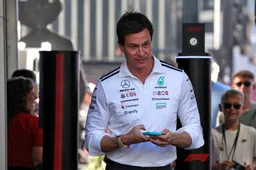
2
New Mercedes shareholder revealed as Wolff nears stake sale
858 times read

3
F1 Today | Ferrari urged to listen to Hamilton, Red Bull face investigation
799 times read

4
Montoya: Bearman's performance could force Ferrari to make hard choice
605 times read
Loading
